Best Roofing Shingles for Cold Climates: 2025 Guide
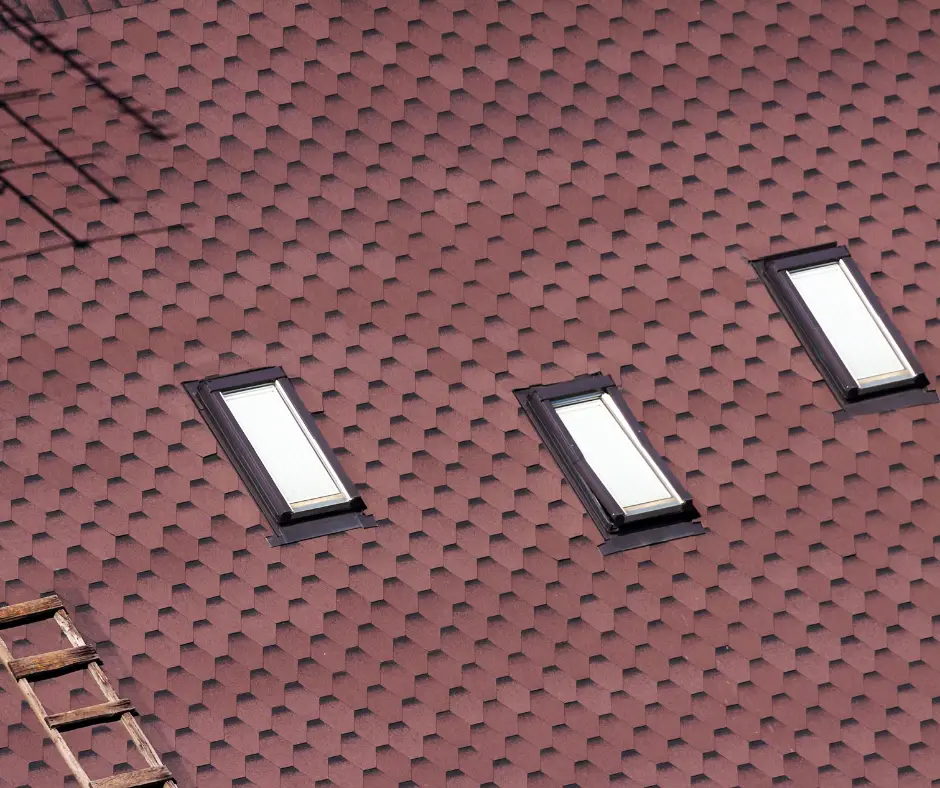
When it comes to choosing the right roofing materials for your home in Winnipeg, the importance of making an informed decision cannot be overstated. Our beautiful city boasts a unique climate characterized by frigid winters, heavy snowfall, and ice storms. This necessitates a specialized approach to roofing, where the materials chosen must withstand the rigors of extreme weather. As the residents of Winnipeg know all too well, choosing the best roofing shingles for cold climates can mean the difference between a lasting, secure home and endless costly repairs.
In this comprehensive guide, we will delve into the best roofing shingles suited for extreme cold temperatures, particularly for homeowners in Winnipeg. We will explore the impact of our winter weather on roofs, key features to look for in roofing materials, and the best brands available today. Let this guide serve as your roadmap for one of the most essential investments you can make for your home.
Understanding Cold Climates and Their Impact on Roofing
Cold climates, by their nature, present specific challenges for roofing. Winnipeg experiences prolonged periods of freezing temperatures, substantial snowfall, and the potential for ice accumulation. These characteristics create unique challenges for roofs, including the formation of ice dams and heavy snow loads that can lead to structural stress.
Ice dams occur when warm air from inside the home melts the snow on the roof, which then refreezes at the eaves, blocking water from draining off. This can lead to severe leaks, mold growth, and structural damage.
Additionally, heavy snow accumulation can put an astonishing amount of weight on roofs that are not designed to handle such loads.
Given these conditions, the importance of insulation and ventilation cannot be understated. Properly insulated roofs keep heat from escaping, minimizing the chances of ice dam formation, while adequate ventilation allows cold air to circulate, preventing overheating that can lead to ice buildup.
Key Features to Look for in Roofing Shingles for Cold Climates
When selecting roofing shingles for Winnipeg’s winter wonderland, several features should be at the forefront of your decision-making process. The unique challenges of cold climates, including extreme temperature fluctuations, heavy snowfall, and high winds, necessitate a roofing material specifically engineered to withstand these conditions.
Durability
The most critical feature of any shingle for a cold climate is its ability to remain durable under stress. You should choose shingles that are resistant to cracking and curling, which are common issues when materials are exposed to extremely low temperatures. As the temperature drops, traditional asphalt shingles can become increasingly rigid and brittle, making them more susceptible to structural breakdown.
Look for shingles with a higher impact rating and those that are specifically formulated to maintain flexibility and resilience in freezing conditions. High-quality shingles designed for cold climates often contain polymer-modified asphalt, which enhances their durability and longevity.
Weight
Lightweight shingles are crucial for homes in regions with heavy snowfall. While it may seem counterintuitive, a lighter shingle can be beneficial. The primary concern is not the weight of the shingle itself, but the total weight load the roof structure must bear.
When a significant amount of snow accumulates on a roof, it adds substantial weight. Lightweight shingles are less likely to bow or buckle under this excess load, ensuring the integrity of your roof throughout the winter months. This consideration is vital for preventing structural damage and potential roof collapse in the event of a heavy snowstorm.
Ice Dam Resistance
Ice and water barrier features are non-negotiable for cold-climate roofing. Ice dams form when heat from a house melts the snow on a roof, and the water then refreezes at the colder eaves. This buildup of ice can prevent water from draining properly, leading to leaks and significant damage to the roof, insulation, and interior of your home.
Look for shingles that are compatible with or include integrated ice and water shields. These barriers, typically installed along the roof’s edge and in valleys, create a waterproof layer that protects the vulnerable parts of the roof from water penetration, even in the event of an ice dam.
Wind Resistance
Winter storms can generate high winds, making it vital to select shingles rated for strong wind resistance. High winds can lift and tear shingles from the roof, leaving the underlayment and the interior of the home exposed to the elements.
Shingles with a higher wind rating are designed with stronger adhesive strips and a more robust design to resist blow-offs. This consideration can help you avoid costly repairs and potential water damage after a severe storm. Look for shingles with a wind resistance rating of at least 110 mph, or higher if your area is prone to particularly strong winds.
Solar Reflectance
While it may seem counterintuitive for winter, higher solar reflectance can significantly improve energy efficiency year-round. In the winter, shingles with high solar reflectance can still absorb some warmth from the low-angle sun, but their primary benefit is in the summer. By reflecting a greater portion of the sun’s energy, these shingles keep the roof and the attic space cooler, reducing the need for air conditioning.
This can neutralize the costs associated with heating in the winter by providing substantial savings on cooling costs during warmer months. Additionally, cooler shingles can extend the life of the roof by reducing thermal shock and preventing the asphalt from breaking down prematurely.
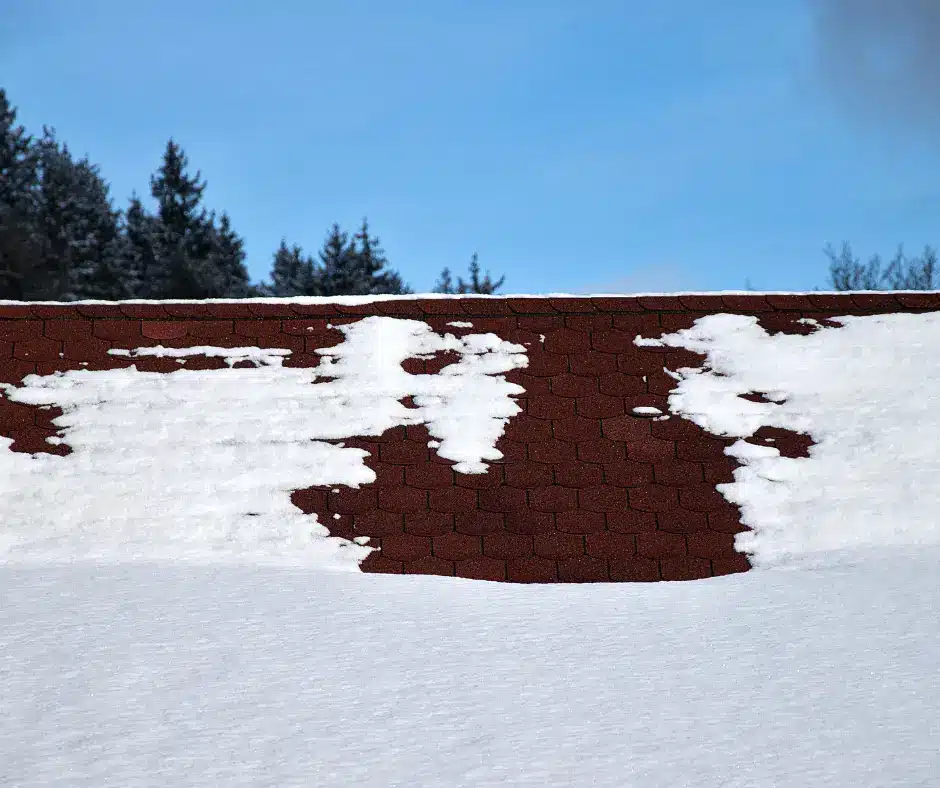
Best Asphalt Shingle Brands and Products for Winnipeg
When it comes to choosing the right asphalt shingles for cold climates, here are the top brands to consider:
CertainTeed
CertainTeed has a strong reputation for its cold-weather roofing options, especially the Landmark Series. These shingles feature exceptional durability against freezing temperatures and are designed to withstand heavy snow loads. Their advanced manufacturing techniques also help resist curling and cracking—a common issue in extreme cold.
GAF
GAF’s Timberline® shingles are a homeowner favorite, particularly noted for their performance in snow and ice. Designed with a tough, fiberglass mat, these shingles provide exceptional resistance to both wind and water, ensuring greater longevity and weather resilience in Winnipeg’s harsh winters.
Owens Corning
The Duration® series from Owens Corning is another excellent choice. These shingles are engineered for superior weather resistance, featuring their patented SureNail® Technology, which helps provide enhanced gripping and hold, ensuring your roof remains intact during snow and ice events.
IKO
The Cambridge line by IKO is specially tailored for cold climates, boasting properties that resist curling and buckling. These shingles also have superb ice damage resistance features, making them a reliable option for Winnipeg homeowners.
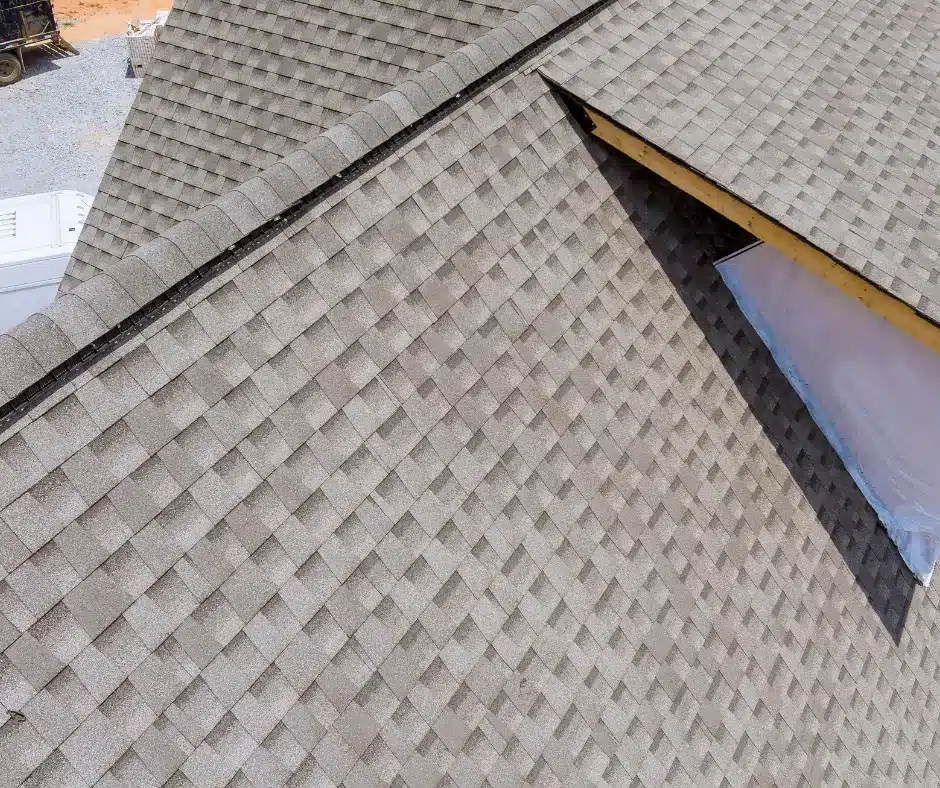
Additional Considerations for Winter Roofing Projects
When planning a roofing project in the heart of winter or the transitional seasons of autumn and spring, consider the following:
Timing
It’s best to schedule your roof replacement or installation during the warmer months, ideally late spring to early fall. However, if urgent repairs are needed, hiring professionals who can work efficiently in cold conditions is crucial.
Professional Expertise
Hiring roofing experts who possess extensive knowledge of Winnipeg’s unique climate will ensure your shingles are installed correctly. An experienced contractor can navigate the challenges of winter projects and provide informed recommendations.
Cost Considerations
While quality shingles may require a higher initial investment, they save money in the long run. Consider the long-term savings associated with decreased maintenance costs, lowered energy bills, and enhanced home protection.
Key Features to Look for in Roofing Shingles for Cold Climates
When selecting roofing shingles for Winnipeg’s winter wonderland, several features should be at the forefront of your decision-making process. The unique challenges of cold climates demand a roofing material that is specifically engineered to withstand these conditions.
Durability: Choose shingles that are resistant to cracking and curling, as traditional shingles can become brittle and prone to structural breakdown in freezing temperatures. Look for shingles with a higher impact rating and those specifically formulated with polymer-modified asphalt to maintain flexibility and resilience.
Weight: Lightweight shingles are crucial for homes in regions with heavy snowfall because they are less likely to bow or buckle under the excess weight of snow. This consideration is vital for ensuring the integrity of your roof and preventing structural damage throughout the winter months.
Ice Dam Resistance: Look for shingles that are compatible with or have integrated ice and water barrier features to prevent ice dams. These barriers protect your roof from water penetration and leaks, which can cause significant damage to the roof and interior of your home.
Wind Resistance: Winter storms can create high winds, making it vital to select shingles with a strong wind resistance rating. This will help you avoid potential blow-offs and costly repairs after a severe storm.
Solar Reflectance: While it may seem counterintuitive for winter, higher solar reflectance improves energy efficiency year-round. These shingles reflect more of the sun’s energy, keeping your attic cooler in the summer and helping to extend the life of your roof.
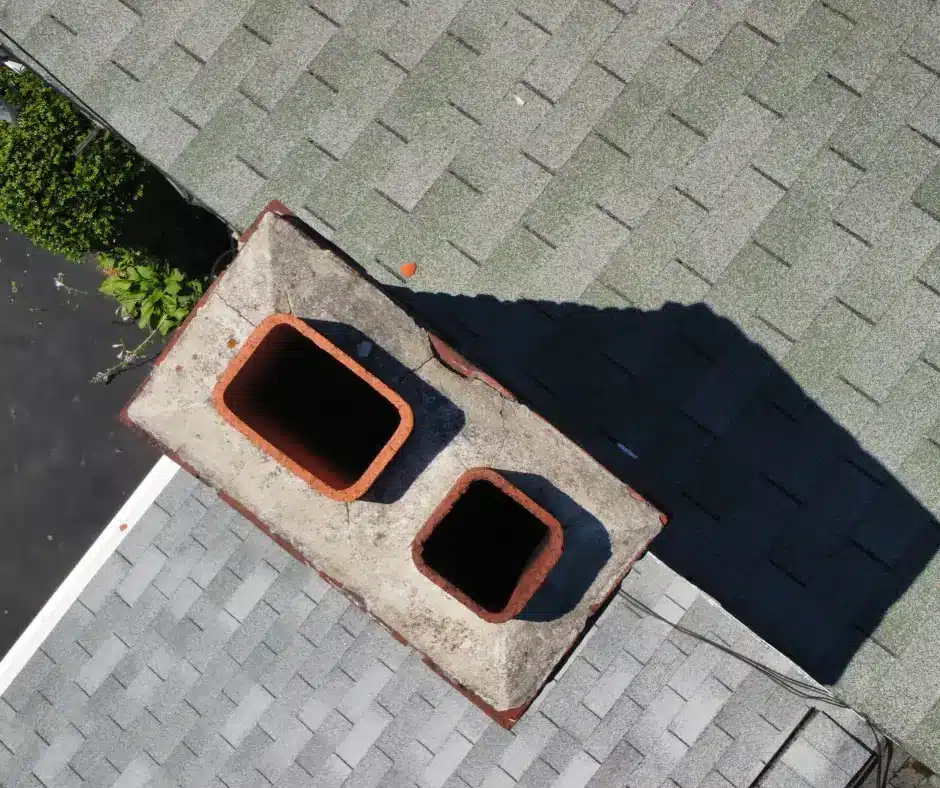
Maintenance Tips for Cold-Weather Roofing
Maintaining your roof during the winter months is critical to its longevity and to protecting your home from the elements. Here are some essential maintenance tips:
Regular Inspections
Conduct visual inspections, especially after heavy snowfall, to check for any signs of wear, damage, or leaks. Being proactive with these checks can help you catch small issues before they turn into expensive problems.
Safe Snow Removal
If you must remove snow from your roof, use a roof rake specifically designed for this purpose. Avoid using metal tools that could damage the shingles and the waterproof underlayment.
Preventative Measures
Take preventative measures before winter by ensuring your attic is well-ventilated to prevent ice dams. For homes prone to ice buildup, you might consider installing heating cables to melt snow and create a clear path for drainage.
Frequently Asked Questions (FAQs) Regarding The Best Roofingles For Cold Climates
What makes roofing shingles suitable for cold climates?
Roofing shingles designed for cold climates are engineered with specific features to withstand the challenges of freezing temperatures, snow, and ice. Key factors include:
Impact Resistance: Shingles are often made with a rubberized polymer, such as SBS (styrene-butadiene-styrene), that makes them more flexible and less prone to cracking in cold weather. This flexibility also helps them resist damage from hail and falling debris.
Granule Adhesion: The protective granules on the surface of the shingles are designed to stay securely attached, even when subjected to freeze-thaw cycles and the scraping action of snow and ice.
Waterproofing: These shingles typically have enhanced waterproofing properties to prevent meltwater from seeping underneath, where it can freeze and cause damage.
Wind Uplift Resistance: Strong winds are common in winter storms. Cold-climate shingles often feature a robust sealant and heavier construction to resist being lifted or blown off by high winds.
Which roofing shingle materials perform best in freezing temperatures?
SBS-Modified Asphalt Shingles: As mentioned above, these shingles are highly recommended for cold climates. The SBS polymer gives them a rubber-like quality, allowing them to remain flexible and durable in frigid temperatures. They also offer excellent impact resistance, which is a major advantage in areas with frequent hail.
Heavyweight Architectural Shingles: These shingles are thicker and more robust than standard 3-tab shingles, providing better insulation and greater resistance to wind and ice damage. Their multi-layer construction also helps them withstand the stress of freeze-thaw cycles.
How do ice dams affect different types of roofing shingles?
An ice dam forms when meltwater from the upper part of the roof freezes at the colder eaves. This ridge of ice prevents further meltwater from draining, causing it to back up under the shingles.
Standard 3-Tab Shingles: These are the most vulnerable to ice dams. Their simple, flat design and single-layer construction offer limited protection against water backing up beneath them. The freezing and thawing of trapped water can lift the shingles, crack them, and lead to leaks.
Architectural Shingles: While more resistant than 3-tab shingles, they can still be affected. Their layered design provides a better seal, but if the ice dam is large enough, water can still find a way underneath.
SBS-Modified Shingles: These shingles are the most resilient. Their improved flexibility and enhanced waterproofing help them withstand the pressure and movement caused by ice dams. They are less likely to crack or lose their seal, but a severe ice dam can still cause problems. Proper attic ventilation and insulation are crucial to prevent ice dams, regardless of the shingle type.
What is the average lifespan of cold-climate roofing shingles?
The lifespan of a shingle depends on the material, quality, and local climate conditions.
SBS-Modified Asphalt Shingles: These often come with warranties of 30 to 50 years. In a cold climate, their superior durability can help them reach or even exceed the higher end of this range if properly installed and maintained.
Architectural Shingles: Typically, these shingles have a lifespan of 25 to 30 years.
3-Tab Shingles: These have the shortest lifespan, generally around 15 to 20 years. In a cold climate, the constant stress of freezing and thawing can shorten this even further.
Regular inspections and maintenance are key to maximizing the lifespan of any roofing system.
Do cold-climate roofing shingles require special installation techniques?
Yes, proper installation is critical for ensuring the performance of a cold-climate roof. Special techniques and materials include:
Ice and Water Shield: A membrane called an ice and water shield is installed along the eaves, in valleys, and around roof penetrations (like vents and chimneys). This self-adhering membrane provides an extra layer of protection against water backup from ice dams.
Proper Attic Ventilation: A well-ventilated attic is essential to keep the roof deck temperature even. This prevents heat from the home from melting snow on the roof and contributing to ice dam formation. The installation process should include the use of soffit and ridge vents to ensure proper airflow.
Correct Nailing: In high-wind areas, additional fasteners or a specific nailing pattern may be required to ensure the shingles are securely attached and resistant to uplift.
Manufacturer-Specific Guidelines: Each manufacturer has specific installation instructions that must be followed to ensure the warranty remains valid. This includes using compatible underlayment and other accessories.
It is highly recommended to hire a professional roofer with experience in cold-climate installations to ensure all necessary steps are taken.
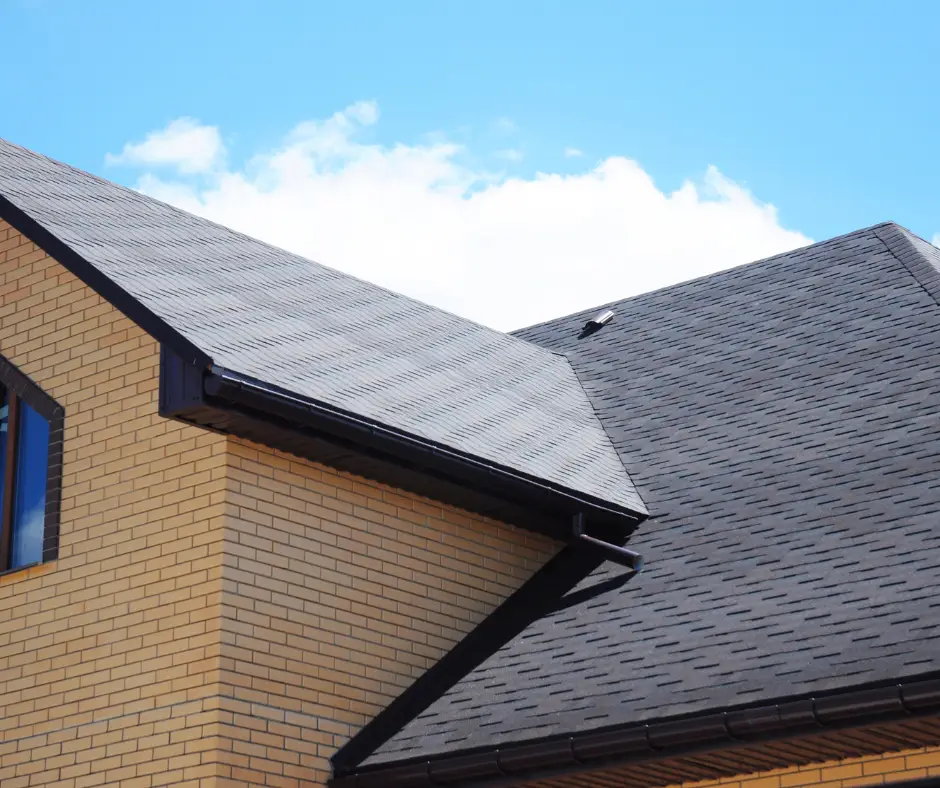
Selecting the best roofing shingles for cold climates is a vital decision for Winnipeg homeowners.
Each winter brings unique challenges, but with the right materials and timely maintenance, your roof can withstand the elements. Here at All Weather Exteriors, we are proud to offer expert consultations and installations tailored specifically to your needs.
If you’re ready to take your roofing to the next level, reach out to All Weather Exteriors for a personalized consultation and estimate. Don’t forget to connect with us on social media for ongoing tips, deals, and insights into maintaining a robust roof through the harsh Winnipeg winters.
We also encourage our readers to share their experiences with winter roofing challenges in the comments below.
Have questions or interested in a consultation?
Contact All Weather Exteriors and let us exceed your expectations for your roofing project. Your home deserves the best protection against the cold!

Leave a Reply
You must be logged in to post a comment.